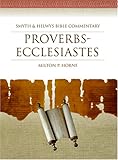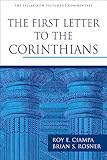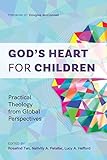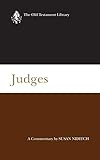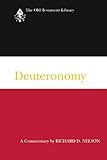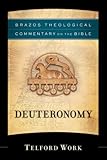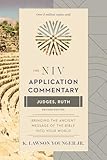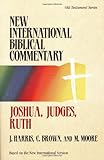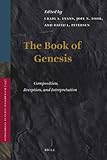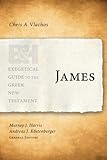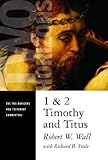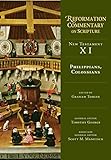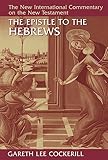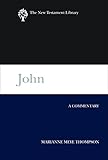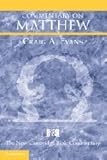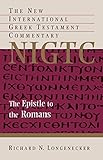Translating Biblical Hebrew poetry into Tanzanian Sign Language: a study of BILAT’s work on Jonah 2:1–10
Cuceuan, Ioan Alin 1986
Translating Biblical Hebrew poetry into Tanzanian Sign Language: a study of BILAT’s work on Jonah 2:1–10 - Johannesburg South African Theological Seminary 2023 - 101 PDF A4 Abstract, TOC, Works Cited List
This study introduces the translation of biblical Hebrew poetry in Jonah 2:1-10 into Tanzanian sign language (LAT), describing the translation process and steps implemented by the Tanzanian sign language translation team, the Chronological Bible Translation (CBT) methodology, and the people involved in the process. Another essential component is the discussion on CANA-related aspects regarding sign language translation and the steps and actions needed to ensure the quality of the translation.
Information about the translation project and process was gathered through interviews and focus group meetings. The available literature on sign language Bible translation provided valuable information on methodology and specific aspects and challenges related to this field.
The implications and contributions of this research have many ramifications. LAT’s status and development benefit from the study’s results, as it shows that LAT is a natural and suitable language for Bible translation. Thus, translation from the biblical language into LAT, or any sign language, is possible. Furthermore, the study contributes to the Bible translation field—specifically sign language Bible translation—by describing the CBT method and the process and steps implemented by the Tanzanian sign language translation team in translating Hebrew poetry into sign language. This process could also be tested in translating Hebrew poetry into other sign languages.
Hebrew language
Sign language
Translation
Translating Biblical Hebrew poetry into Tanzanian Sign Language: a study of BILAT’s work on Jonah 2:1–10 - Johannesburg South African Theological Seminary 2023 - 101 PDF A4 Abstract, TOC, Works Cited List
This study introduces the translation of biblical Hebrew poetry in Jonah 2:1-10 into Tanzanian sign language (LAT), describing the translation process and steps implemented by the Tanzanian sign language translation team, the Chronological Bible Translation (CBT) methodology, and the people involved in the process. Another essential component is the discussion on CANA-related aspects regarding sign language translation and the steps and actions needed to ensure the quality of the translation.
Information about the translation project and process was gathered through interviews and focus group meetings. The available literature on sign language Bible translation provided valuable information on methodology and specific aspects and challenges related to this field.
The implications and contributions of this research have many ramifications. LAT’s status and development benefit from the study’s results, as it shows that LAT is a natural and suitable language for Bible translation. Thus, translation from the biblical language into LAT, or any sign language, is possible. Furthermore, the study contributes to the Bible translation field—specifically sign language Bible translation—by describing the CBT method and the process and steps implemented by the Tanzanian sign language translation team in translating Hebrew poetry into sign language. This process could also be tested in translating Hebrew poetry into other sign languages.
Hebrew language
Sign language
Translation

